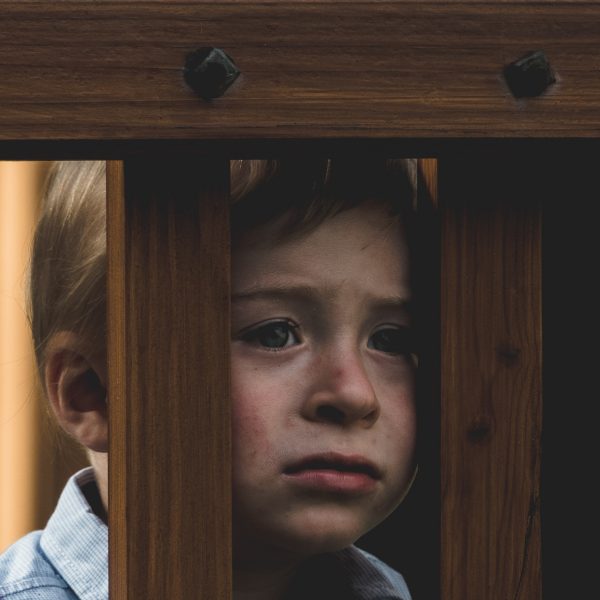Confronting new research from Uni SA highlights vulnerability of children in system

Boys with documented child protection concerns are four times more likely to die before they reach their 16th birthday, according to new research from the University of South Australia (Uni SA).
The world first study identifies the extreme seriousness of familial child abuse and neglect, measuring for the first time the excess risk of death that children with documented child protection concerns face, and the role that those working in early childhood education and care (ECEC) settings can play in intervening and identifying abuse and neglect and reporting appropriately.
In Australia 20-25 per cent of children endure some form of abuse and neglect. The study used deidentified data concerning more than 600,000 children born in South Australia between 1986 and 2017, comparing the death rates of children who had documented child protection concerns recorded by the SA Department for Child Protection, and children with no such concerns.
While all children encountering the child protection system were at increased risk, boys with child protection concerns were more than four times as likely to die before the age of 16 than boys with no documented child protection concerns; the excess risk for girls was also high at 3.4 times.
Children who had been removed from their family of origin and been placed in out-of-home care due to serious child protection concerns were five times as likely to die before their 16th birthday than children with no child protective system contact. A minority of these deaths (27 per cent) occurred while the child was in care.
After adjusting for other adversities (such as poor birth outcomes, young age of mother, and socioeconomic status), the rates directly attributable to child maltreatment were 3.4 times for males and 2.5 times for females, and for children who had spent some time in out-of-home care 3.8 times that of children with no child protection system contact.
This, lead researcher Leonie Segal said, demonstrates that the excess risk of death is extreme.
“The association between child maltreatment and death has generally been studied through detailed case reviews and coroners’ inquests which, while identifying the shocking impact of familial child abuse and neglect, has not been studied at the population level until now,” the Professor explained.
“Drawing on more than 30 years of data, our study found that children with documented child protection concerns are at considerably higher risk of premature death before their 16th birthday.
“These children are known to child protection agencies, but also likely in contact with a range of health workers – GPs, paediatricians, maternal and child health workers, as well as child-care workers/early childhood educators and school teachers – so there are many people in the child’s network who can identify concerns.”
“But where are the services that can disrupt these disastrous outcomes?
Knowing the extreme seriousness of the consequences that could follow, Professor Segal said, “the imperative for a more effective service response is clear, and never more so than during the COVID-19 pandemic with the heightened stresses on families potentially exacerbating child protection concerns.”
As well as establishing the level of risk, the study noted the importance of accurately recording abuse and neglect as a cause of death in coding practices, finding that coding of cause of death rarely identified family circumstances. In nearly 30 years of data and 1635 child deaths, child maltreatment was coded as a contributing cause in just two children’s deaths.
This, Professor Segal said, is something that needs to change.
“There is rich information from coroners’ inquests, police reports and the like, on most child deaths – information that needs to be better incorporated into coding practices. This would help focus attention on these disturbing and potentially preventable child deaths, and the need for a more effective service response.”
“The service response must start early in life and be proportionate to the highly distressed circumstances of these most vulnerable children and their struggling families. This will require scaling up of services in terms of intensity, interdisciplinary nature, skill-level and reach to better support our most vulnerable children, who desperately need our help.”
“Too many children are suffering; too many children have become a statistic,” she added.
“If we are to make a difference to the shocking outcomes faced by children suffering child maltreatment, policy must be informed by accurate and transparent data.”
To access the study in full, please see here.
Popular

Quality
Practice
Provider
Research
Workforce
Honouring the quiet magic of early childhood
2025-07-11 09:15:00
by Fiona Alston

Workforce
Policy
Quality
Practice
Provider
Research
The silent oath: Why child protection is personal for every educator
2025-07-17 09:00:31
by Fiona Alston

Practice
Provider
Quality
Research
Embedding cultural safety and responsiveness to strengthen belonging in early childhood education
2025-07-14 13:21:23
by Contributed Content











